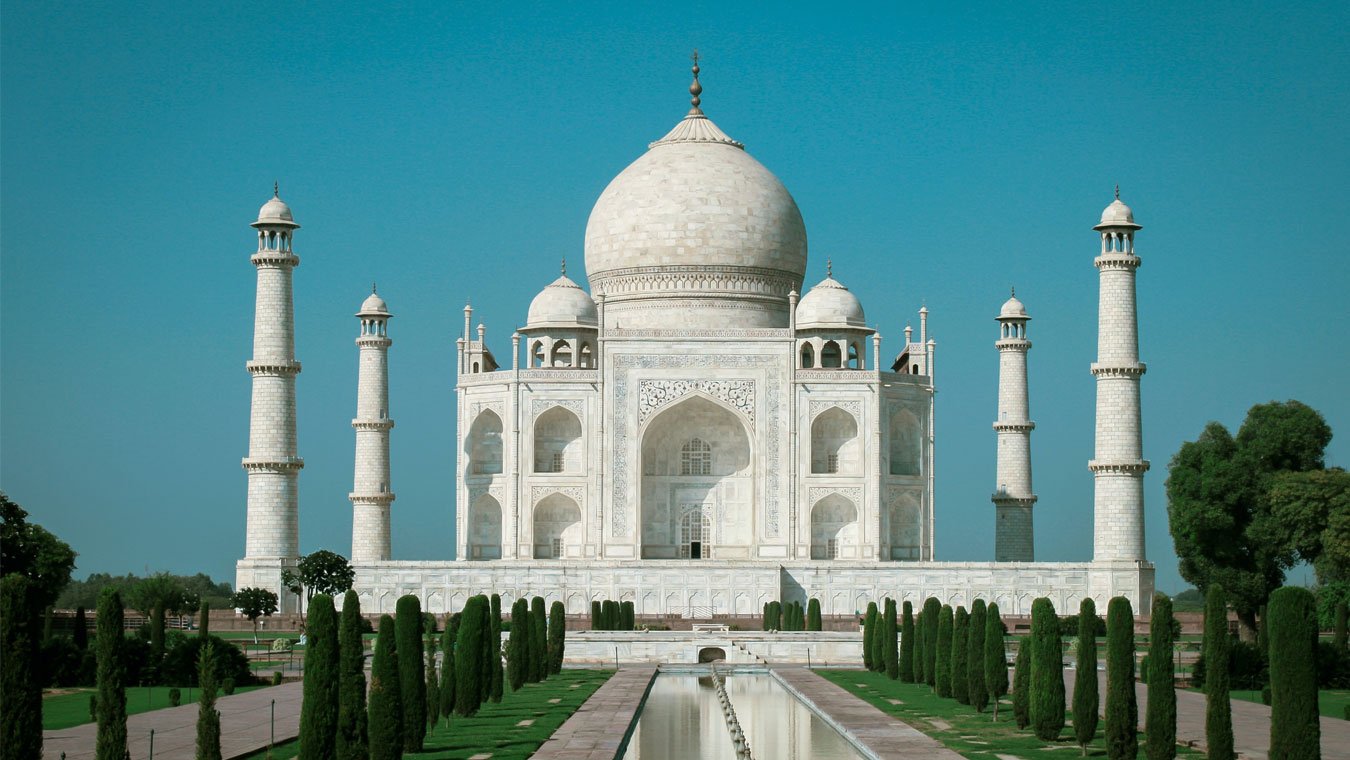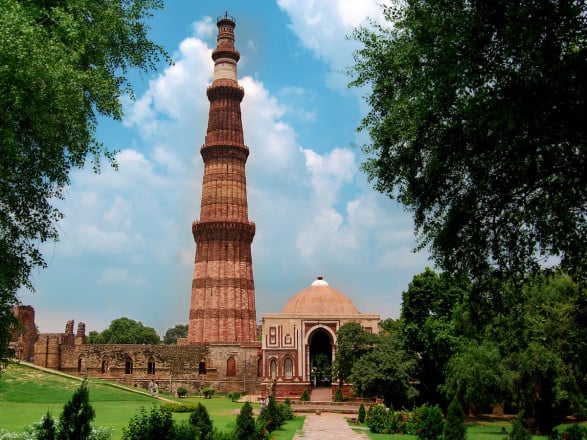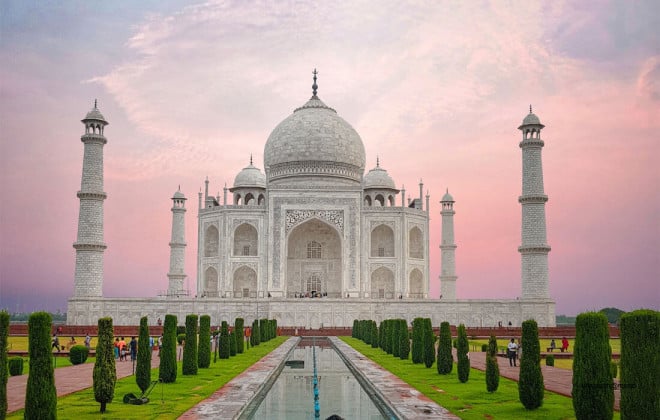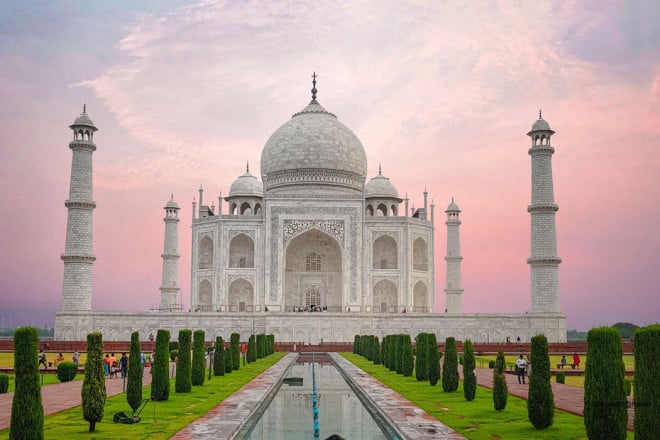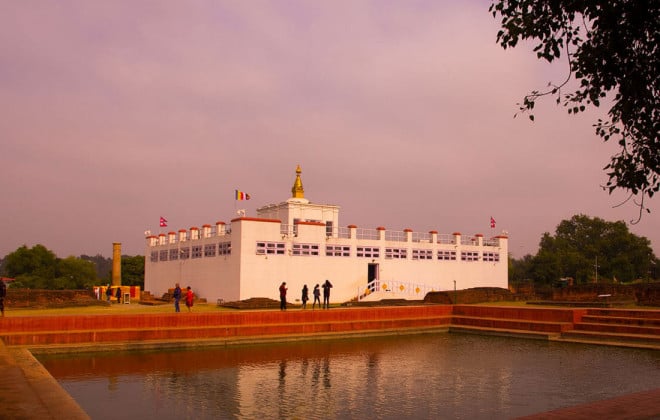Talk with our local travel specialist who can help organize your trip.
Introducing Nepal and India
Lying close to each other, Nepal and India are ideal destinations for a multi-country tour. India with a rich culture and history is a mecca for tourists looking for an immersive cultural experience. The varied topography of the country offers a 360-degree experience for nature and adventure buffs.
From the sunny beaches of the coastal belt in the south and west to the mist-covered Himalayan hills and mountains towards the north and north-east; from the arid Thar desert and salt plains of north west to the fertile river valleys of central India; India offers a diverse travel experience. Home to one of the most popular ‘seven wonders of the world’ - the Taj Mahal - India's landscape is filled with historical and religious monuments that date back thousands of years.
Nepal, which lies to India's north, is home to the world's tallest mountain Mount Everest and 10 UNESCO World Heritage Sites. With more than 2000 mountains of varying heights, Nepal is the ultimate destination for trekking, hiking, and mountaineering adventures. Everest Base Camp, Annapurna Base Camp and the Annapurna Circuit are some of the most popular trekking destinations. The medieval cities of Patan, Bhaktapur and Kathmandu hold the country's rich cultural treasures. Lumbini, the birthplace of Lord Buddha, which lies in the southern part of the country, is one of the most important Buddhist pilgrimage sites in the world.
Best time to visit Nepal and India
Spring, autumn and early winter are the ideal seasons to travel across Nepal and India. During these seasons the weather remains pleasant and warm. Some of the most colorful festivals are celebrated in both these countries during the spring season – Holi, Mahashivaratri and Basant Panchami.
In autumn Nepal celebrates its two biggest festivals – Dashain and Tihar. In India, people observe Durga Puja, Navratri, Dussehra, Onam and Diwali in different parts of the country.
Summer is not the perfect season to time your travel as both Nepal and India receives heavy rainfall during this time. Also known as monsoon rains, sometimes the torrential rains cause flooding and landslides.
Early winter is also ideal for tours and treks. The weather remains dry and stable, though nights can be a bit cold. In India, the state governments organize tourism festivals like Kutch Festival, Orange Festival, Hornbill Festival, Wine Festival, etc., where you get to experience the cultural traditions of the particular state. In Nepal, you get to experience Chath Puja (a festival dedicated to the sun god), Losar, Maghe Sankranti, etc.
Things to do in Nepal and India
There are a lot of activities available in both Nepal and India. You can take a cultural tour and visit world heritage sites and historical landmarks. You can go trekking in the Himalayas or climb a peak. The Himalayan rivers are excellent playgrounds for water activities like white water rafting, kayaking and canyoning. Both these countries have extreme sports like bungy jumping, ziplining, paragliding, and skydiving.
You can enjoy a more immersive cultural experience by taking village tours and staying in homestays run by local families. A wildlife safari at one of the national parks will acquaint you with the endangered wildlife and flora found only in the subcontinent.
How many days are sufficient to visit Nepal and India?
As Nepal and India are neighbors, not much time is needed to travel across these two countries. Your trip's duration depends on the number of destinations you want to visit and the type of experiences you want to try. If you want to visit only a select few tourist sites in the cities, then a week or 14 days will be enough. If you are looking for a more immersive experience, 20 days or a month will be enough. India is very vast and it may take you about a year to visit all the country's tourist destinations.
Nepal and India Tours & Itineraries
Get inspired by trips other travelers have loved
Travellers Reviews
Guinness World Record holder Gives Third Rock Adventures a Review!
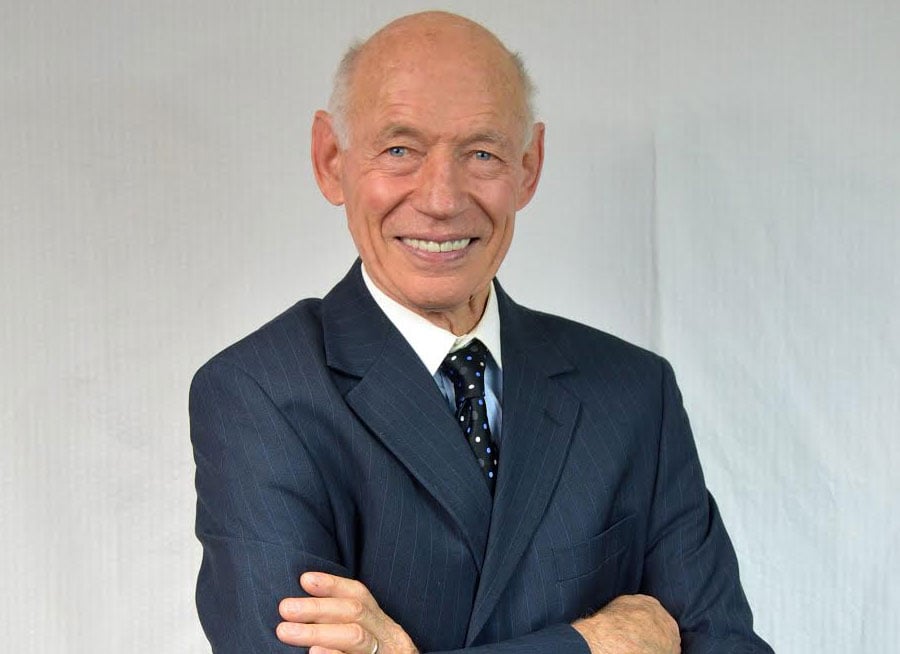
Werner Berger is the Guinness Book of World Records holder for being the oldest person in the World to have climbed the highest mountain on each of the seven (7) continents (incl. Mt. Everest).
I am Werner Berger and my "claim to fame" is probably best defined as being in the Guinness Book of World Records as the oldest person in the world to have climbed the highest mountain on each of the seven continents, including Mt. Everest.
Little did I know my life was to change forever on my first trek into the Himalaya in 1992 at age 55. It was the beginning and just a matter time before I realized I could combine my leadership and climbing skills to create a program in which people could explore their own possibilities.
So, in 2010, I began leading Transformational Life Experiences, treks to Mt. Everest Base Camp and other high places.
One of the earliest keys to success is to find a company with the right mix of professionalism, support, and, of course, experience. I have used Naba Amgai and his teams on all my Nepal trekking adventures.
Naba's caring and climber support, is second to none. In my estimation, Third Rock Adventures is one of the very best in the business, in or outside of Nepal. They know the mountains. So you can relax, enjoy and transform.
- Werner Berger

